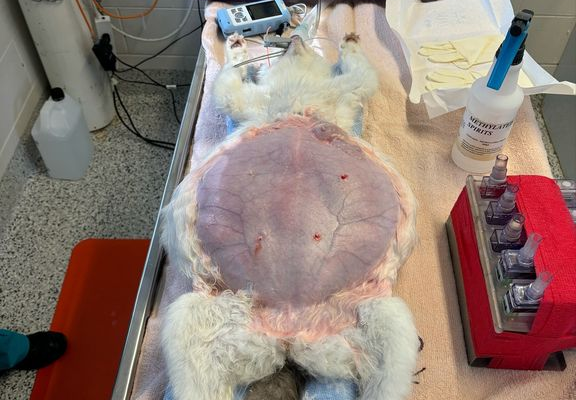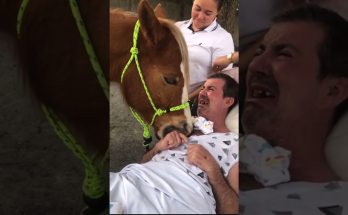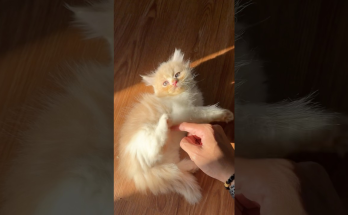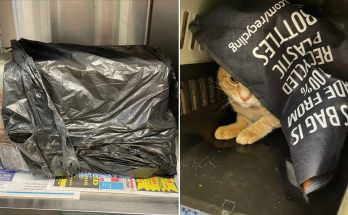

Vet case from Trine Lise Frost: “She was a stray cat brought into our pound and she was barely showing signs of being sick, but because of how large her abdomen was we rushed her into surgery and discovered this gigantic pyometra. Unfortunately we weren’t able to save her as it had ruptured and tissue was going necrotic.”
This image depicts a small mammal—likely a squirrel—undergoing a veterinary medical procedure, possibly a surgery or diagnostic imaging under anesthesia. The animal is lying on its back on a surgical table, with its abdomen shaved and prepared, indicating that the focus of the procedure is on the abdominal region. The setup suggests a well-equipped veterinary clinic or research facility with a focus on precision, care, and hygiene.
Observations:
- Animal Identification: The animal appears to be a squirrel, identifiable by the size, body shape, and bushy tail. It is placed in dorsal recumbency (on its back), a common position for abdominal surgeries.
- Surgical Preparation: The squirrel’s abdominal fur has been completely shaved and the skin is cleaned, likely with an antiseptic solution. The large, distended belly suggests the animal may be pregnant or has abdominal swelling due to another medical condition (e.g., ascites, tumors, or cysts).
- Anesthesia and Monitoring: Electrodes and monitoring equipment are attached to the squirrel, indicating it is under general anesthesia. A pulse oximeter or ECG device is visible, which monitors heart rate and oxygen saturation to ensure the animal remains stable throughout the procedure.
- Veterinary Supplies: To the right of the image, various veterinary tools and medical supplies are neatly arranged. A spray bottle labeled “Chlorhexidine” is visible—this is a common antiseptic used to sterilize the skin before surgical incisions. There are also multiple capped vials, possibly containing dyes, medications, or anesthesia agents.
- Environment: The setting is a sterile veterinary surgical suite. The clean environment, organized tools, and medical gas tank in the background suggest adherence to standard operating procedures for animal care and treatment.
Possible Medical Context:
The pronounced swelling or distention of the abdomen could suggest several medical possibilities:
- Pregnancy: If the squirrel is a female, it might be undergoing a cesarean section or a spay procedure post-birth.
- Tumor or Mass Removal: A distended abdomen could be due to an internal mass or tumor requiring surgical removal.
- Fluid Accumulation: Ascites or fluid buildup in the abdominal cavity could be diagnosed and treated in such a setting.
- Research Purposes: If the squirrel is part of a wildlife or laboratory study, the procedure might involve implantation of devices, biopsies, or other investigative surgeries.
Ethical Considerations:
Animal procedures like this require ethical clearance and veterinary oversight. Proper anesthesia, hygiene, and postoperative care are crucial to ensure minimal pain and distress. The image suggests adherence to these protocols.



